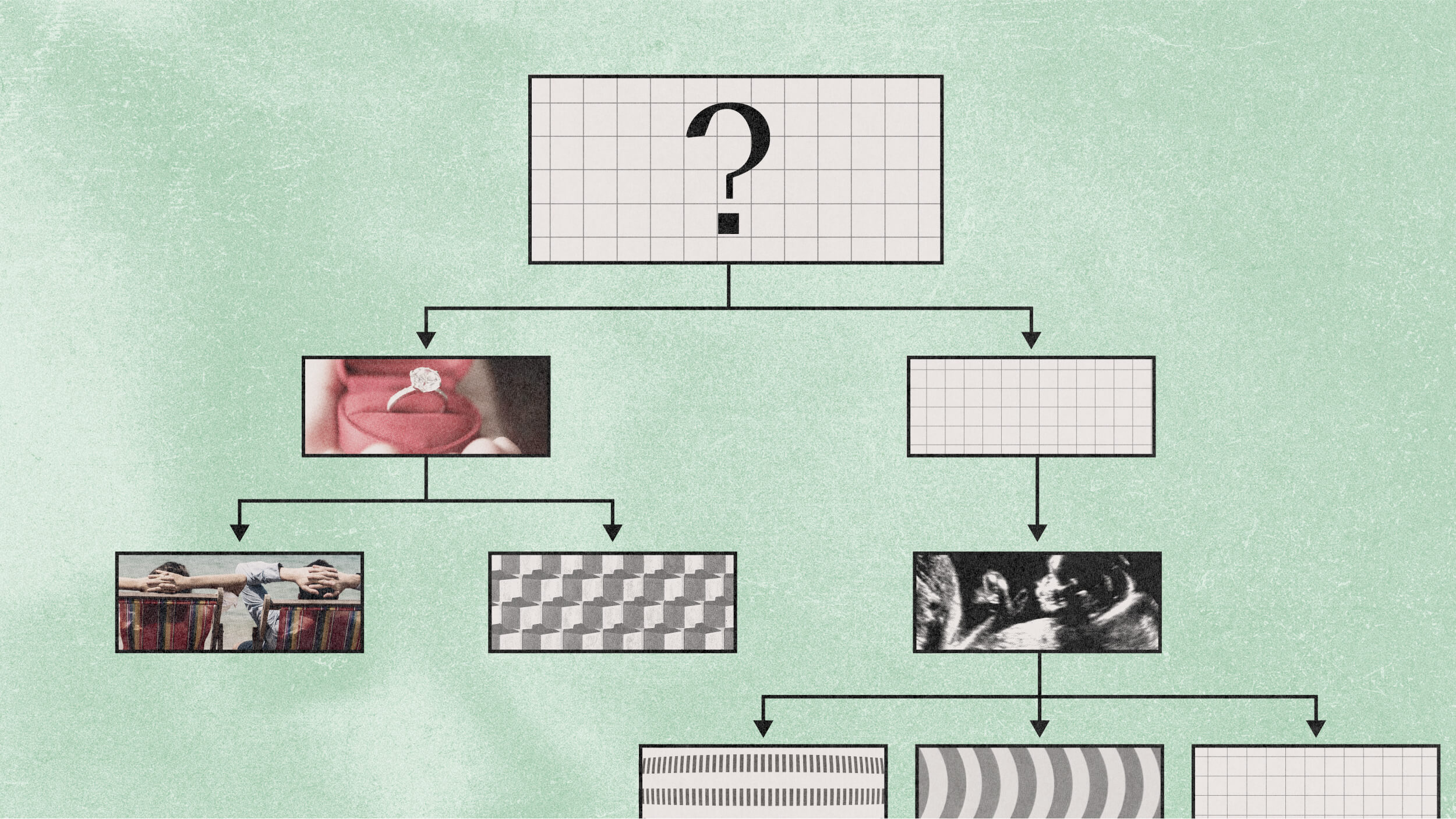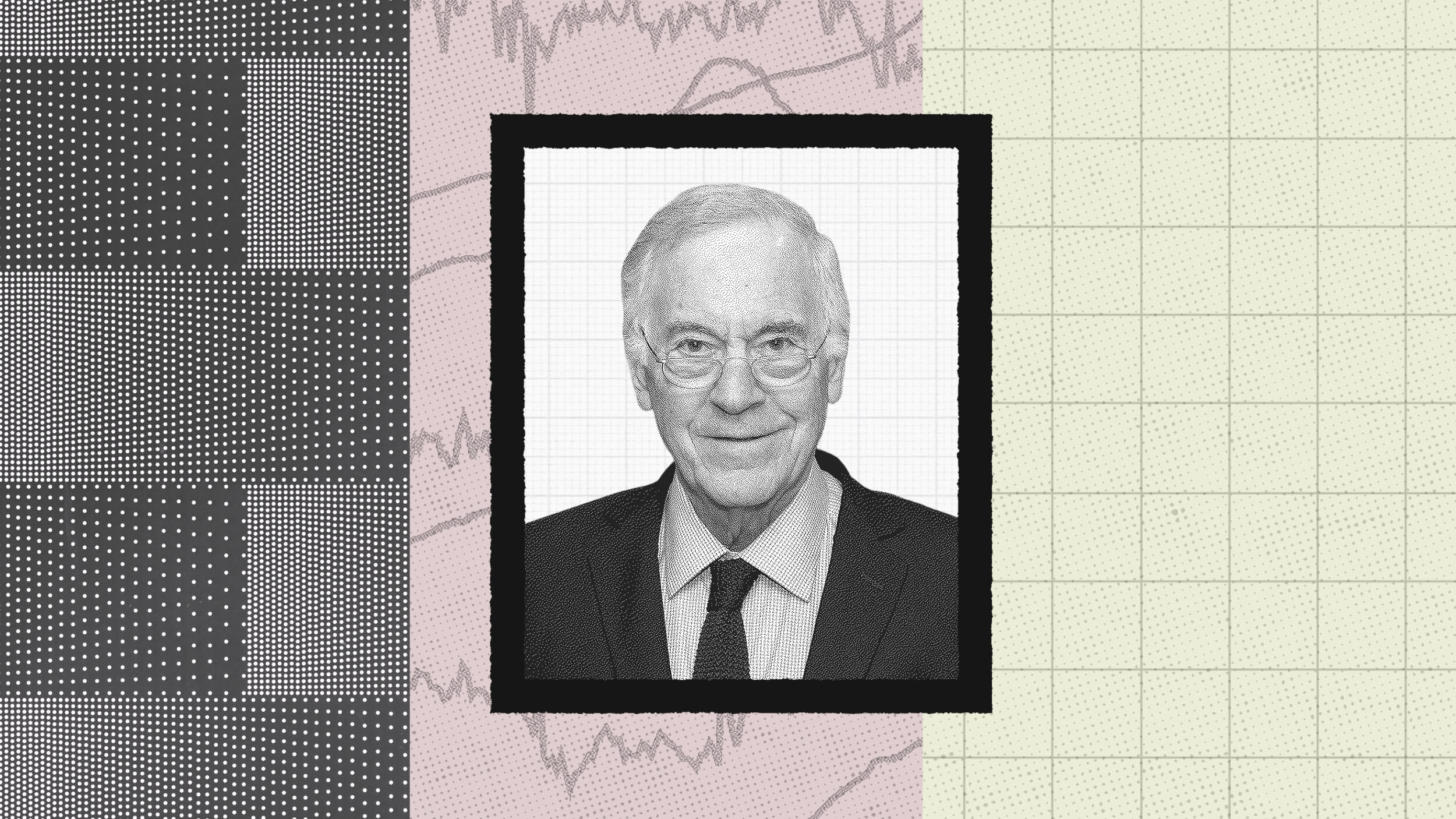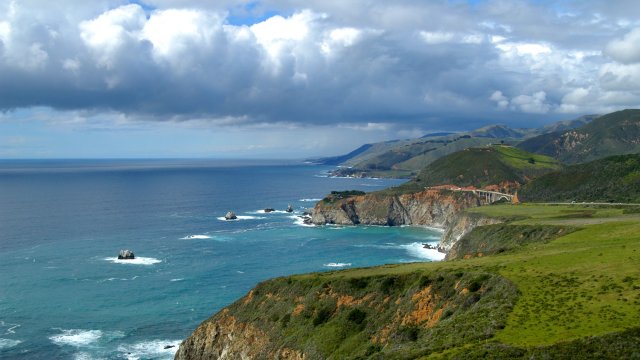Silencing: Violence Against Journalists Continues in Honduras

With yet another journalist attacked and killed in Honduras this past week, the country has become one of the most dangerous for reporters in 2010.
As previously mentioned on this blog, five journalists were murdered in Honduras in March alone. But earlier this month the wave of violence continued, as 22-year-old radio journalist Luis Antonio Chévez Hernández was shot to death in San Pedro Sula. Then, on April 20th, TV anchor Jorge Alberto Orellana was murdered as he was leaving his station’s studios, bringing the total death toll for journalists in Honduras to seven.
Many international human rights groups have condemned the attacks and the government’s inability to bring the perpetrators to justice and curb the violence, but with apparently little effect. According to Reporters Without Borders, authorities have told at least one journalist, “We are unable to provide you with protection.” After Chévez Hernández’s murder, the director of UNESCO emphasized that “It is important for stability and rule of law that media workers in the country be able to exercise their right of freedom of expression without fearing for their lives.“
As this blog argued last month, there seems to be no clear political motivation that can explain all the murders, unless competing factions are using aggression against journalists as a political weapon in and of itself. What is clear is that Honduras now ranks with some of the most dangerous countries in which journalists can work. In fact, Reporters Without Borders says it is the deadliest country for journalists. According to the Committee to Protect Journalists’ incomplete list of journalists killed this year (which includes only five of the seven journalists killed in Honduras), the country already leads the notorious list. None of the murders have been solved and with ongoing political unrest there does not seem to be any change in the situation on the horizon that would cause this trend to turn the other way.





